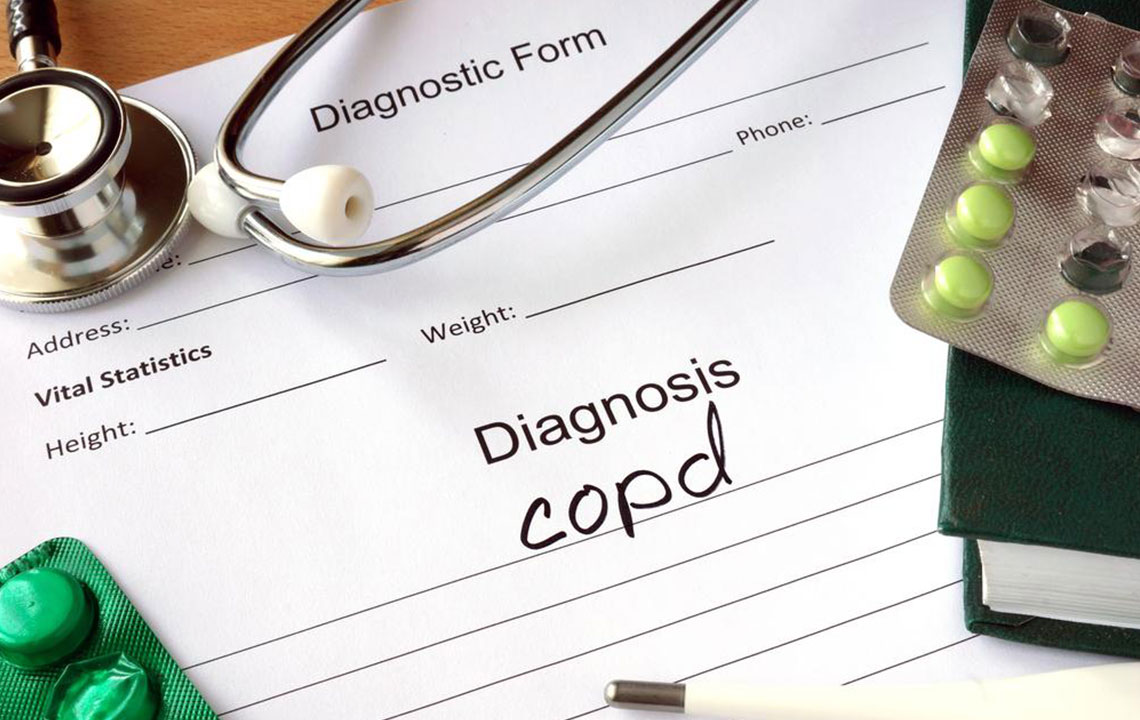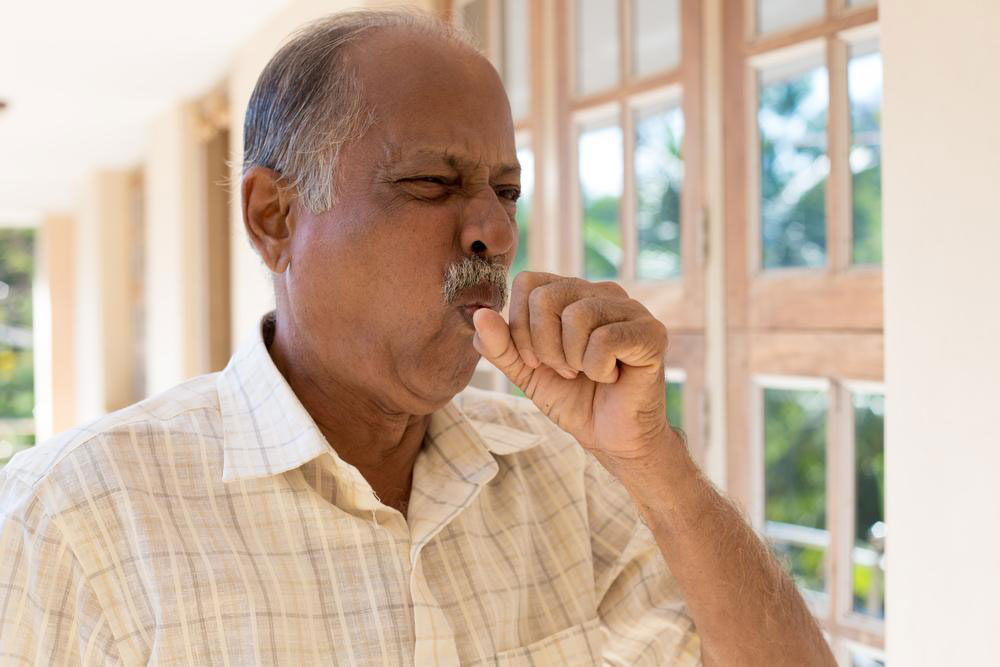Comprehensive Guide to COPD: Recognizing Symptoms and Effective Management Techniques
COPD is a progressive lung disease affecting millions worldwide. Recognizing early symptoms such as mild cough and shortness of breath, and implementing management strategies like smoking cessation, medication, and oxygen therapy, can significantly improve quality of life. This comprehensive guide covers COPD symptoms, risk factors, complications, and treatment options including surgical and lifestyle approaches crucial for effective disease control. Early diagnosis and proactive care are essential to slow disease progression and prevent serious health issues associated with COPD.

Comprehensive Guide to COPD: Recognizing Symptoms and Effective Management Techniques
Chronic Obstructive Pulmonary Disease (COPD) represents a complex group of progressive respiratory illnesses that severely impact lung function and breathing capacity. These conditions include chronic bronchitis, emphysema, and refractory asthma—all of which hinder airflow and lead to persistent breathing difficulties. COPD is notably a leading cause of morbidity worldwide, affecting millions of individuals across the globe. Despite advances in medical treatments, there remains no definitive cure for COPD, making early detection, symptom management, and lifestyle adjustments crucial in improving patients' quality of life. According to recent estimates, approximately 24 million people in various countries are affected by this chronic disease, underlining its significant public health concern.
One alarming issue with COPD is that nearly 50% of those affected remain undiagnosed, primarily because early symptoms are often mild and easily overlooked. While smoking remains the most prominent risk factor contributing to COPD development, recent studies highlight that a significant portion of COPD patients—up to 25%—are non-smokers, suggesting environmental and genetic factors also play vital roles. Recognizing the early warning signs and understanding available treatment options are essential steps toward effective disease management and can greatly influence the disease's progression and patients' quality of life.
Early-stage COPD often presents with subtle symptoms that are generally mistaken for common illnesses such as colds or seasonal allergies. Nonetheless, being aware of these initial signs can facilitate prompt diagnosis and intervention. Typical early symptoms include:
Intermittent shortness of breath, especially after physical exertion or strenuous activities
Persistent throat clearing or hoarseness
Recurrent mild cough, often worse in the mornings or evenings
If these symptoms are ignored, they tend to worsen over time, leading to more severe health complications. Advanced stages may manifest as:
Severe difficulty in breathing during ordinary conversation or minor exertion
Rapid or irregular heartbeat
Noticeable discoloration of lips and fingertips, turning bluish or pale due to oxygen deprivation
Confusion, dizziness, or decreased alertness that may indicate low oxygen levels or impending respiratory failure
Complications related to COPD are extensive and can significantly impact overall health. These include an increased risk of lung cancer, cardiovascular diseases such as coronary artery disease and hypertension, recurrent respiratory infections like pneumonia and bronchitis, as well as complications like weight loss, malnutrition, depression, and social isolation. Addressing these issues requires a multidimensional approach focused on both medical treatment and lifestyle modifications.
While a complete cure remains elusive, various management strategies can help control symptoms, slow disease progression, and enhance patients' overall well-being. Key interventions involve lifestyle changes, medication, advanced therapies, and sometimes surgical procedures, especially in severe cases. For individuals who smoke, quitting smoking is the most crucial step—this can dramatically decrease the progression rate and lessen the severity of symptoms. Support systems such as counseling, nicotine replacement therapy, and support groups are invaluable for successful cessation.
Other important interventions for COPD management include:
Oxygen Therapy: For patients experiencing low blood oxygen levels, supplemental oxygen therapy administered via nasal cannula or mask can provide substantial benefits. Oxygen improves sleep quality, supports daily activities, reduces strain on the heart, prevents organ damage, and ultimately enhances survival rates.
Surgical Procedures: In certain cases where medication and conservative therapies are insufficient, surgical options like lung volume reduction surgery, bullectomy, or lung transplantation may be considered. These procedures aim to remove damaged lung tissue or replace diseased lungs, thereby improving breathing capacity and patient quality of life. However, surgeries carry risks such as infections, scars, and complications that need to be carefully evaluated.
Medications also play an integral role in symptom management. Bronchodilators, corticosteroids, phosphodiesterase inhibitors, and antibiotics help in relieving airflow obstruction and reducing inflammation. Nevertheless, early detection through regular screening and proactive lifestyle changes are fundamental. A healthy diet rich in antioxidants, regular physical activity, and medication adherence significantly contribute to better management outcomes.
Ultimately, diagnosing COPD promptly, initiating appropriate treatments, and maintaining an active lifestyle are vital to managing this chronic illness effectively. Patients are encouraged to consult healthcare professionals at the first indication of symptoms, follow prescribed treatment plans diligently, and seek support for quitting smoking and lifestyle modifications. With comprehensive management, individuals with COPD can lead active, healthier lives despite the chronic nature of their condition.





